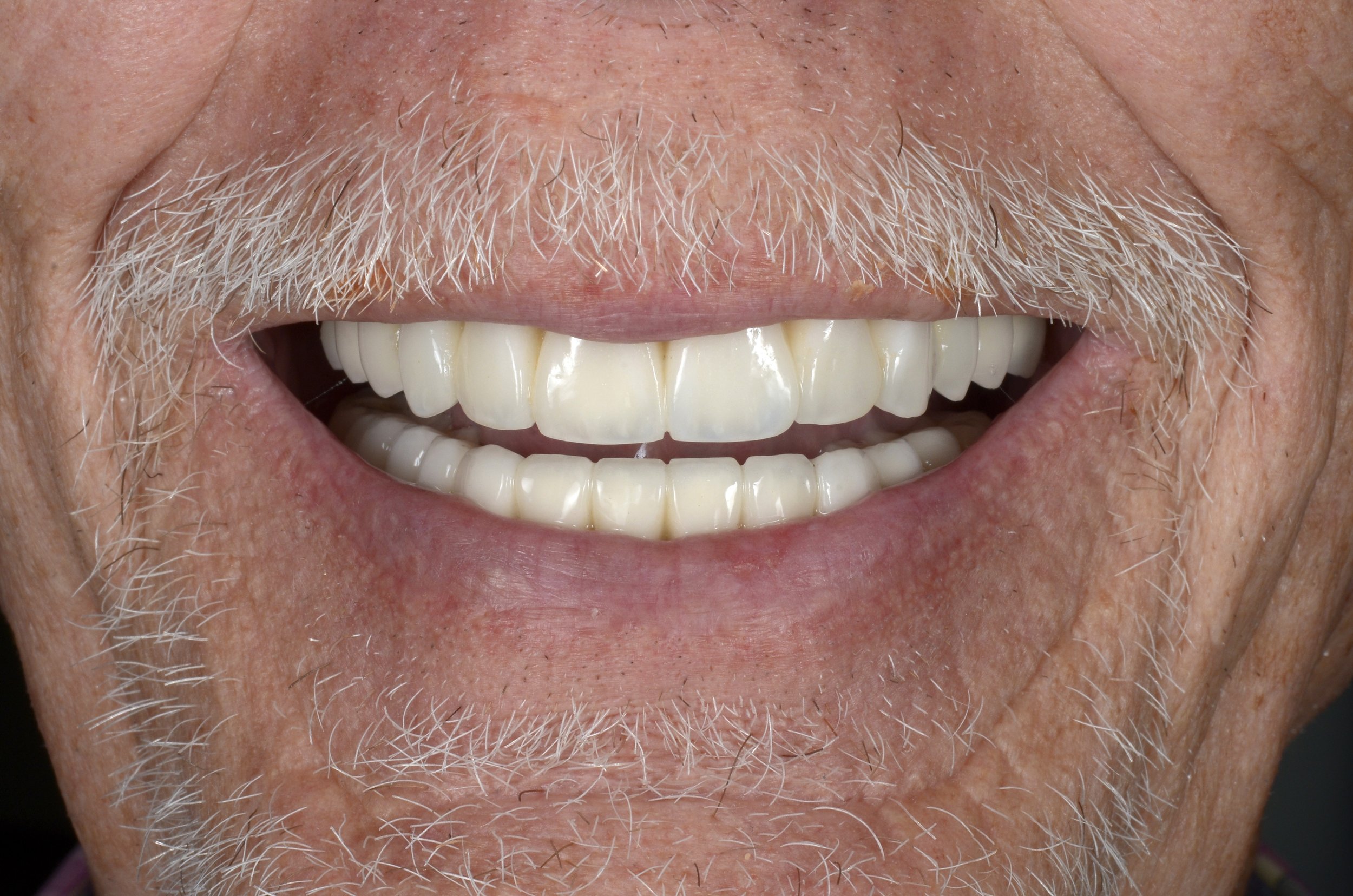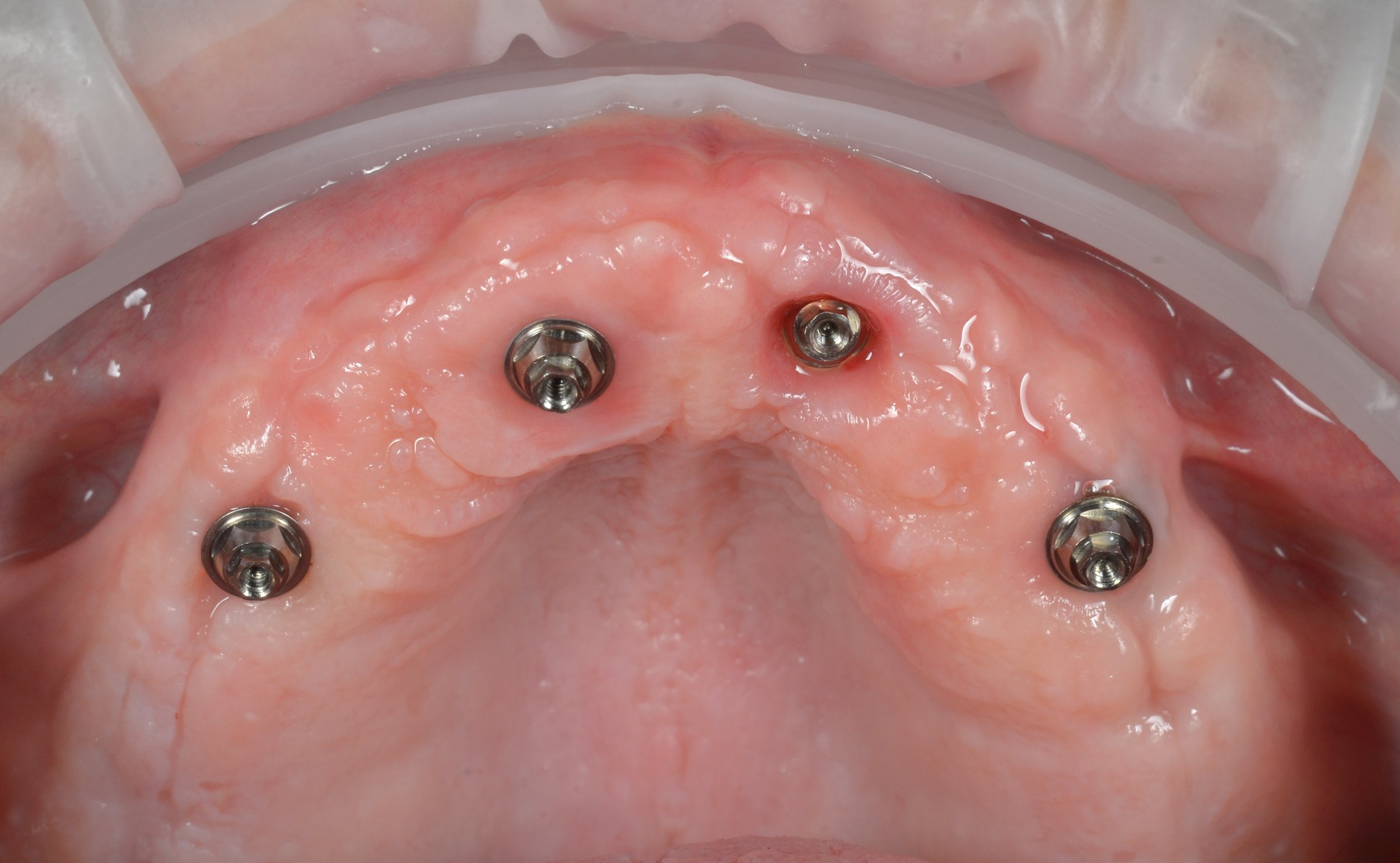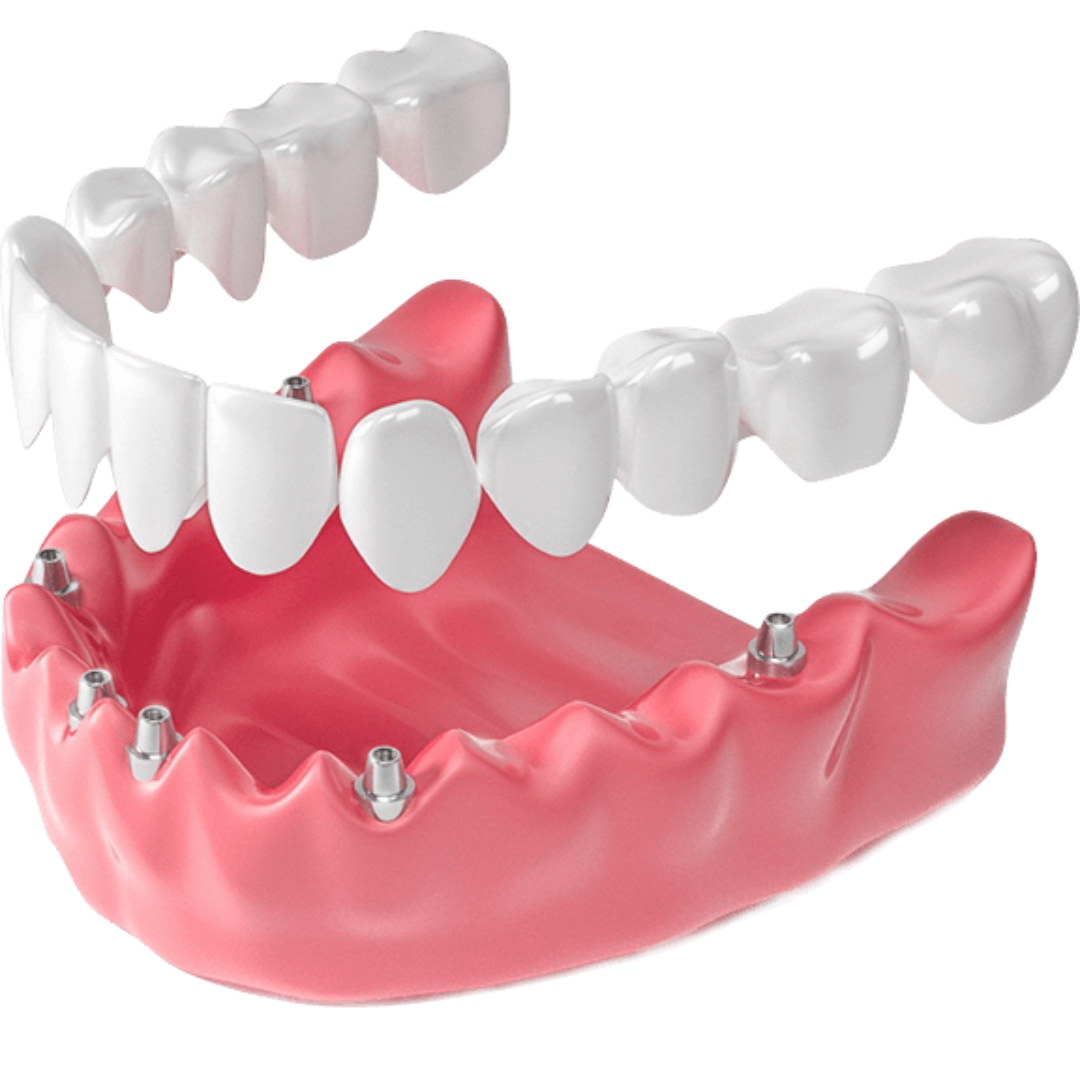
All on 4 - ‘‘ Full Arch Implant Dentistry”
ALL ON 4
All-on-4 implants are a type of surgical technique used to replace all the teeth in the upper or lower arch with just four dental implants. This technique involves strategically placing the implants in areas of the jawbone where there is the most density and bone support, which allows for immediate loading and stability of a full arch dental prosthesis, such as a denture or bridge. All-on-4 implants can be a great solution for people who have lost most or all of their teeth and want to regain their smile, chewing ability, and overall oral health.
There are several benefits to receiving ALL ON 4 in Mexico.
Cost savings: The cost of ALL ON 4 treatment in Mexico is generally much lower than in the United States or other developed countries, making it an affordable option for many people.
High-quality care: Many dental clinics in Mexico use state-of-the-art equipment and technology, and employ experienced and highly skilled dental professionals who can provide high-quality care.
Convenience: Many dental clinics in Mexico are located close to the US-Mexico border, making it easy for patients to travel back and forth for their appointments.
Shorter wait times: Patients may be able to schedule their ALL ON 4 treatment more quickly in Mexico, without the long wait times often associated with dental procedures in the United States.
Relaxing environment: Many patients appreciate the relaxed and welcoming environment of dental clinics in Mexico, which can help ease any anxiety or apprehension they may have about undergoing a major dental procedure.






ALL ON 4 BENEFITS
There are several benefits to getting All-on-4 implants:
Immediate Function: The All-on-4 technique allows for immediate loading of the prosthesis, which means that patients can leave the office with a fully functional set of teeth on the same day as the implant surgery.
Fewer Implants: All-on-4 uses only four implants to support a full arch dental prosthesis, which is less invasive and time-consuming than traditional implant techniques that require more implants.
Cost-effective: The All-on-4 technique can be more cost-effective than traditional implant techniques because it requires fewer implants, fewer appointments, and less time to complete.
Improved Oral Health: Dental implants help to prevent bone loss and improve oral health by stimulating the jawbone and preventing the remaining teeth from shifting.
Aesthetic Benefits: All-on-4 implants can improve the appearance of the smile and face, leading to improved self-confidence and self-esteem.
Improved Chewing Ability: With All-on-4 implants, patients can enjoy a more natural chewing ability compared to traditional dentures or missing teeth.
Overall, the All-on-4 technique is an effective and efficient way to replace missing teeth and restore oral health, function, and aesthetics.

Contact us.
info@dentalartistrymx.com
(619) 377 1377
Process
Phase 1: Evaluation, Planning, and Implant Placement
The first phase of the ALL ON 4 treatment typically requires 3 days. During this time, the dentist will evaluate the patient's oral health, develop a personalized treatment plan, and surgically place the dental implants into the jawbone. After this phase, patients must wait for four months to allow the implants to integrate into the bone and achieve stability.
Phase 2: Uncovering Implants, Placing Abutments, and Taking Impressions
The second phase of the ALL ON 4 treatment requires 1 day. The dentist will uncover the implants, place abutments, and take impressions to create a custom denture. Patients must wait for seven days after this phase to allow the gums to heal and ensure proper fit.
Phase 3: Placement of Final Dentures
The final phase of the ALL ON 4 treatment typically requires 2 to 3 days. The dentist will attach the final Arch o the Multi-Units and make any necessary adjustments. Patients must have a few days to ensure proper fit and function.
Patients can also choose to have phases two and three combined into a single visit of seven days. This option can be beneficial for patients who prefer a faster treatment timeline.
Other Similar Procedures
Snap-on overdentures, also known as implant-retained overdentures, are a type of dental prosthesis that combines dental implants with removable dentures.
The key differences between Snap-On and the All-on-4 are:
Number of Implants: It can range from two to six implants per arch, depending on the specific needs of the patient.
Stability and Retention: Both Snap On and All-on-4 offer improved stability and retention compared to traditional removable dentures. The additional implants distribute the biting forces more evenly and reduce the risk of denture movement during function.
Removability: Snap-On is designed to be removable. They can be easily snapped on and off the implants for cleaning and maintenance.
Bone Support: Both Snap-On and All-on-4 provide stimulation to the jawbone, which helps prevent bone loss and maintain bone health.
It's important to note that the choice between implant-retained overdentures and the All-on-4 treatment concept depends on various factors, such as the patient's oral health, bone condition, aesthetic goals, and budget. A thorough evaluation and consultation with a dental professional will help determine which option is most suitable for an individual's specific needs.
Snap On
"All-on-6" and "All-on-4" are dental techniques for replacing a full set of missing teeth. All-on-6 uses six implants for improved stability and load distribution compared to All-on-4, which uses four implants.
The key differences between All-on-6 and All-on-4 are:
Number of implants: All-on-6 uses six dental implants, whereas All-on-4 uses four.
Load distribution: With six implants, All-on-6 allows for better distribution of the biting force, resulting in improved long-term stability and durability.
Bone quality: All-on-6 may be a more suitable option in cases where the bone quality is compromised, as the use of more implants can help compensate for areas with lower bone quality.
Procedure complexity: Due to the greater number of implants, All-on-6 may require more meticulous planning and execution. There may also be a higher likelihood of needing bone grafts or other preparatory procedures.
It's important to note that both All-on-6 and All-on-4 are highly specialized techniques that require evaluation by an experienced dental professional to determine the best treatment option for each individual case. The choice between the two techniques depends on factors such as bone quality, load distribution, patient needs, and dental team recommendations.
All on 6
Contact us.
info@dentalartistrymx.com
(619) 377 1377






